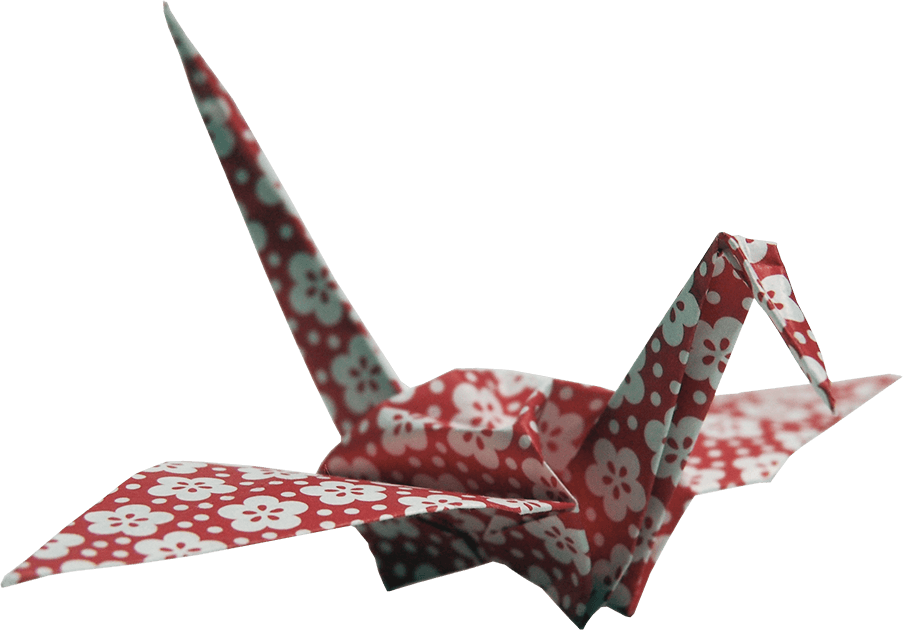Author’s blog
OF BOMBS AND WOMBS
The silent “b” has always confounded me.
You do not hear it in words like doubt and subtle,
nor in comb or tomb,
(whose “o”s are pronounced so differently).
It’s because of history,
And I understand
there are
good reasons.
I cannot reconcile my anger though
at how the silent “b” softens this word—
Bomb.
Say it: “Bomb”.
It shouldn’t be a soft word.
When it falls from your mouth it should
cut through the air.
It needs to sound more congruent
with its sense.
Now say this word:
Womb.
It’s a warm and soft word. A grounded word. A rounded word.
The “b” closes it off
with a silent kiss.
It’s perfect.
Just one letter different,
bomb and womb.
How can it be,
that two words
so similar in appearance
diverge so in meaning?
One conveys safety;
the other, its absence.
A womb, perhaps the greatest refuge on Earth,
is shelter, nourishment, love, all wrapped up in one.
A womb cradles the irreplaceable, beautiful, and sacred.
A bomb lays it to waste.
And I don’t understand
what others call
good reasons.
***
Carolyn Affleck Youngs
November 11, 2023
Operation Traumatization
Something’s been gnawing at me for the past few weeks. And today it came to light while viewing it through a historical lens.
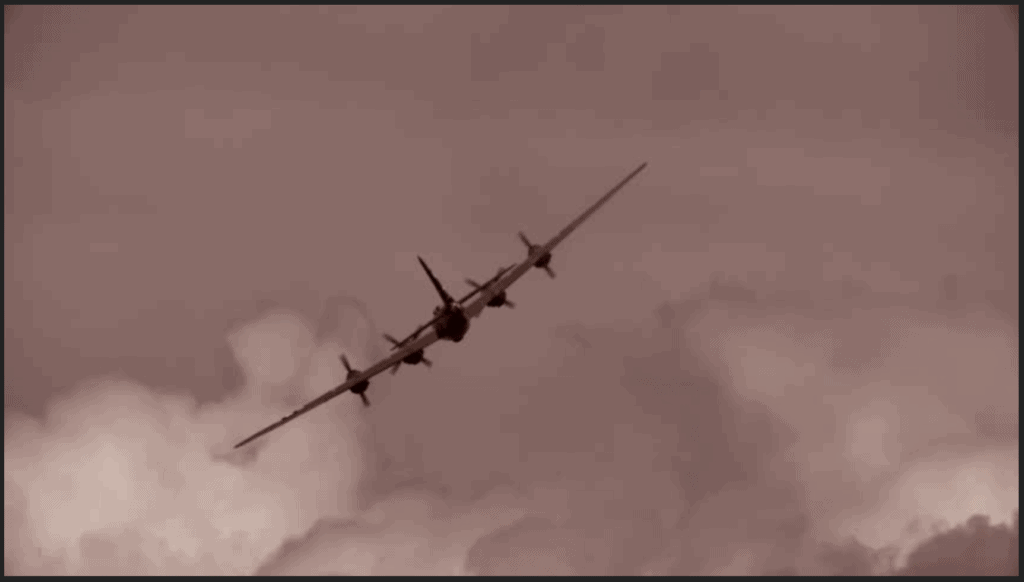
On August 6, 1945, seventy-six years ago today, an American propeller-driven bomber plane called the Enola Gay dropped a nuclear warhead over Hiroshima, Japan. Upon impact, the bomb instantly destroyed a city and approximately 80,000 civilians. Three days later, another nuclear bomb devastated the city of Nagasaki, wiping out another 40,000 lives. It’s no hyperbole to call these bombings apocalyptic.
Japan surrendered to the Americans, spelling the end of World War II. But the death toll continued to rise in the following weeks and months with the aftereffects of burns, injuries, radiation sickness. In the following years, cancer and leukemia and other diseases attributable to radiation continued to take lives of those who had been in the blast zones. In total, the deaths of more than 230,000 people can be attributed to these two bombings. In addition, countless citizens who survived with no apparent physical symptoms suffered PTSD. The sight of any bomber plane could undoubtedly trigger symptoms in any survivor from Hiroshima or Nagasaki.
Wars still happen. And we still fly warplanes over cities even during peaceful times.
Last month, on the afternoon of Saturday July 17, I was in my front garden in North Saanich, British Columbia, with my partner and a close friend, when we heard a jet. We live near Victoria International Airport (YYJ) so we’re accustomed to hearing takeoffs and landings when the wind’s blowing our way. But this was no routine jet engine sound. The volume increased suddenly and rapidly, and we looked up to see a fighter jet right over our house, disappearing into the trees, followed by a roar that caused us all to cover our ears. In seconds, it was over, and I stood there, stunned. But less than half a minute later, the noise returned as the plane circled back, and I thought to myself, “There’s going to be a crash.” This was no logical thought; my instinct was to run and seek shelter, but I was frozen and couldn’t move. Animal reflexes would not have saved me, had this been war. And then, as quickly as it had come, it was gone, and I could hear the birds singing. But I was shaken. Literally.
I live with PTSD. I didn’t get it from a plane crash or seeing my city or my family being bombed. But the deafening roar and the sight of a warplane triggered my nervous system into freezing, crying and shaking. Our friend, who’s from the Middle East, and frequently tells us how safe he feels in Canada, was also left feeling uneasy.
Afterwards, we all chalked it up to random military practice. But the next day I was out on a hike and heard another roar. I froze in my tracks once more, but this time I was lucky enough to not be under the flight path. Later at home I did a quick internet search and learned about Operation Inspiration, including the planned flyover of an entire CF-18 fighter jet team the following day, July 19. This campaign, begun by the Snowbirds (Canada’s air force demonstration team) last year in the first months of the COVID-19 pandemic, is meant to honour the front-line workers and to uplift Canadians everywhere. I couldn’t make the connection. Needless noise pollution, gratuitous carbon emissions, and taxpayer dollars to fly planes so that we can all feel better. It made even less sense when I learned that, ironically, on May 17th of last year, only a few weeks into this campaign, one of team’s planes went down moments after takeoff, and crashed in the middle of a residential neighbourhood in Kamloops, BC, killing Captain Jennifer Casey and injuring pilot Captain Richard MacDougall, who landed on the roof of someone’s home. Suddenly it didn’t seem so far-fetched that I feared a plane crashing onto my house.
Now I assumed that the fighter jet I witnessed on July 17 was on a practice flight for Operation Inspiration. More searching turned up no such details, even on government web pages, and YYJ couldn’t help me. Finally, I got in touch with a spokesperson with the CF-18 Demo Team, who informed me that on July 17 the aircraft in question had been on an ordinary training flight to Victoria International Airport from Cold Lake, Alberta, at least a thousand kilometres by air. Unconnected to Operation Inspiration, but it certainly drew my attention to the event.
As a pacifist, I don’t support the military, although I have friends in the forces and I understand and respect their beliefs around keeping peace. So I am somewhat conflicted. But what I’m not conflicted about is the appropriateness of Operation Inspiration. I understand that some people are awed, entertained, and even moved by the sight of jets manoeuvring deftly, flying in tight formation, something that takes a lot of skill. But, the flight path on these aerial shows flights is over HOSPITALS, and that included over half a dozen local hospitals on the Saanich Peninsula, in Victoria, and farther north up Vancouver Island. It’s a misguided gesture, I believe, to honour anyone by flying loud military aircraft over buildings where people are supposed to be healing from physical, emotional, and mental trauma. I shake my head at the irony. Trauma is at the heart of so many issues that concern us right now, individually and as a nation, so it’s time for our military to reassess their policies, at the very least the ones that involve citizen outreach, like Operation Inspiration.
I have nothing against the individuals who work to keep us safe. But there’s something wrong if displays of military might are entertaining to us, and if we think they’re an appropriate or relevant way of thanking other people for doing their part to keep us safe. It’s disrespectful, wasteful, insensitive, and I struggle to find the inspiration in it.
Peace and hope for 2021
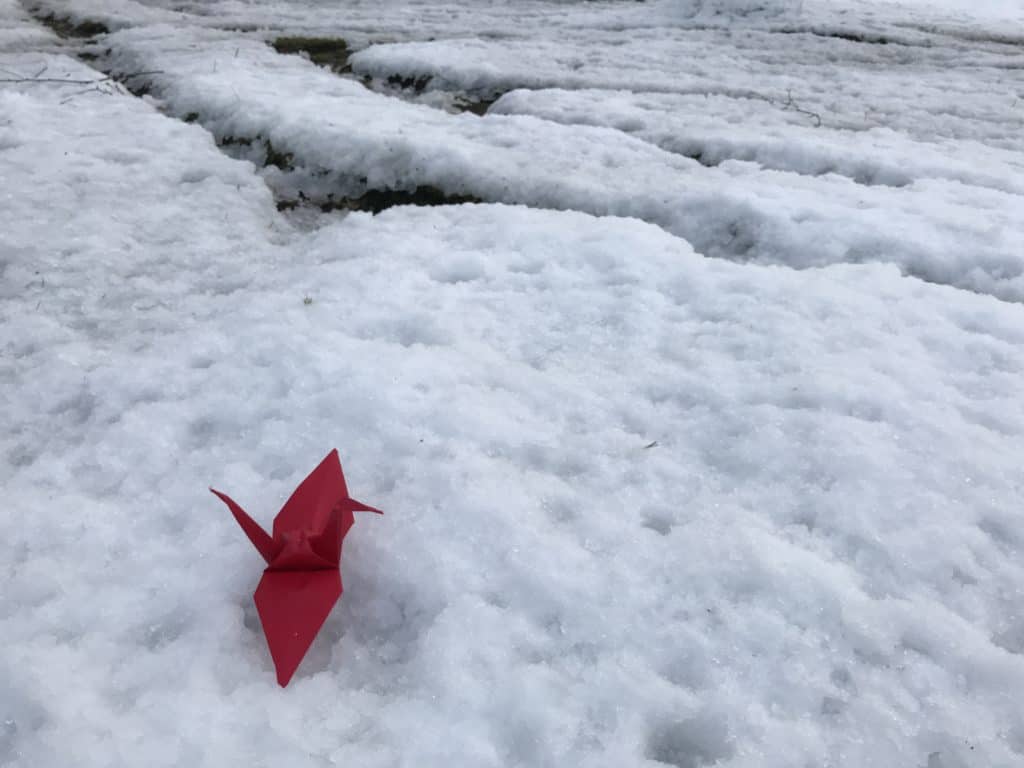
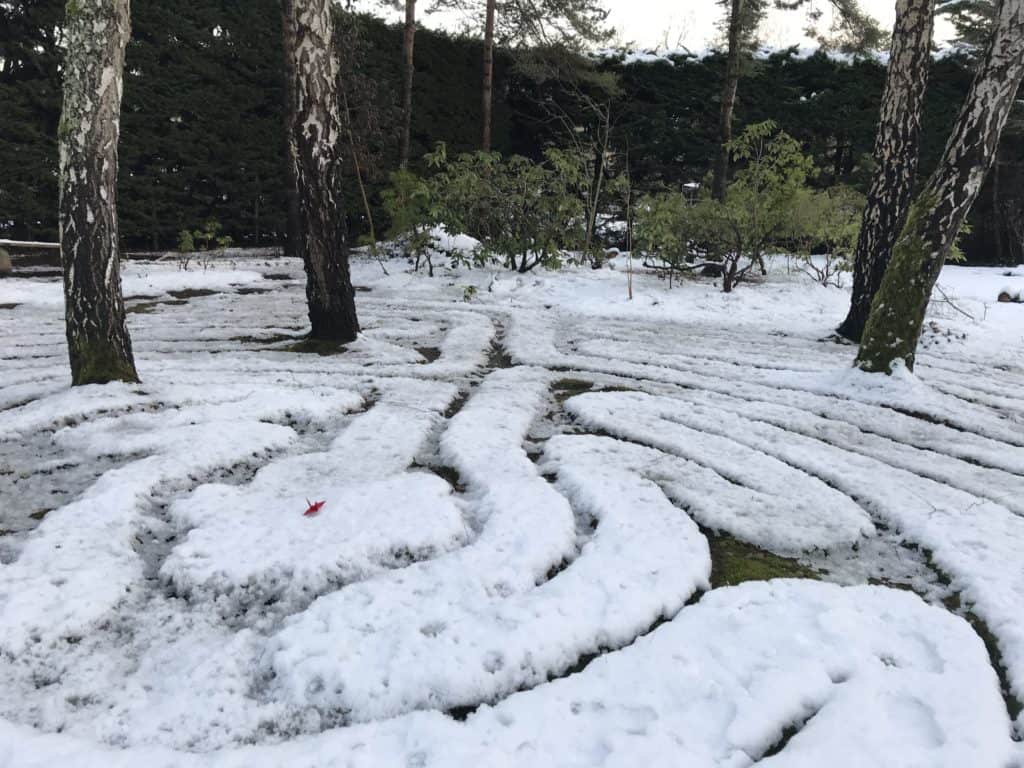
May we find our way home this coming year.
UN International Day of Peace, 2020
Today is another reminder of the importance of peace. During these times, we all know someone (or know someone that knows someone) who has lost a family member, lost a job, lost a home, lost faith, lost sanity…. And as we are having to face our worst nightmares (not just Covid, but wildfires, political upheaval, and other tragedies and atrocities) we are being divided, asked or ordered to physically distance ourselves from each other. I believe that what we actually need right now is uniting, but we can’t even disagree politely about how to act in the face of this pandemic. Let’s remember that although this virus is bringing out the worst of our fears, greed, apathy, and loneliness, stretching our limits of patience and tolerance and trust, it can also bring out the best in us—our altruism and ingenuity, as we find ways to serve each other’s needs, and connect “safely”. We need each other. PEACE is about admitting our vulnerability, being willing to let go of our fear, and coming back into healthy relationship with each other and ourselves, even if all we can do right now is agree that we need to change. It’s a start.
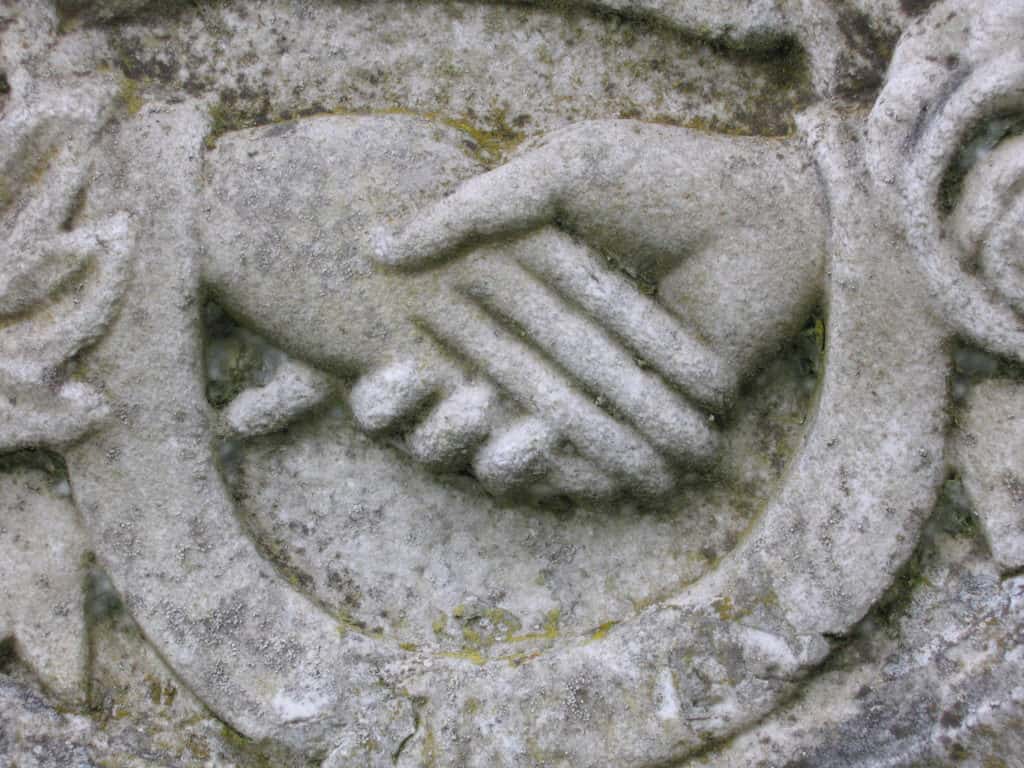
Hiroshima 75
Fifteen years ago this day Derek Youngs and I visited Hiroshima, on August 6th 2005, to commemorate the 60th anniversary of the nuclear bombing of Hiroshima. We sat in the morning sun, amidst a sea of other attendees, listening to the dignitaries, the children’s choir, the survivors, and the cicadas. A A small gold paper peace crane sat in Derek’s lap. A large insect, like a grasshopper or mantis, landed on his knee, right next to the gold bird and stayed there for many minutes, seeming to examine the origami bird with great curiosity, from all angles. It was hot that day, over 40 degrees and high humidity, and we were drenched in sweat. I did not let myself succumb to the discomfort, as all I could think about was the fire that raged that day 60 years earlier, the flames even sweeping down the river. I realized that beneath our feet in the Peace Park (the epicentre of the nuclear bomb blast) probably lay the remains of thousands of people. It was hard to fathom. How could we have let that happen? How did we let fear and hate take us so far?
Derek’s many miles and years of walking didn’t put an end to war—the 75th anniversary of Hiroshima and Nagasaki just passed and nuclear weapons still exist. Derek’s wish was heartfelt, and perhaps naïve, but I know that every step he took was not in vain. I believe the human race does care about the survivial of our species, and all the survival of all other living things on Earth. And I believe that if we keep walking, one step at a time; keep making peace cranes, one fold at a time; keep tending our gardens, one leaf at a time; and keep working through our differences, one word or one small gesture at a time; we will triumph. Love conquers all.
I walked in the peace labyrinth today, thinking of love and light, remembering Hiroshima, Derek, and the grasshopper.
JOY to the world!
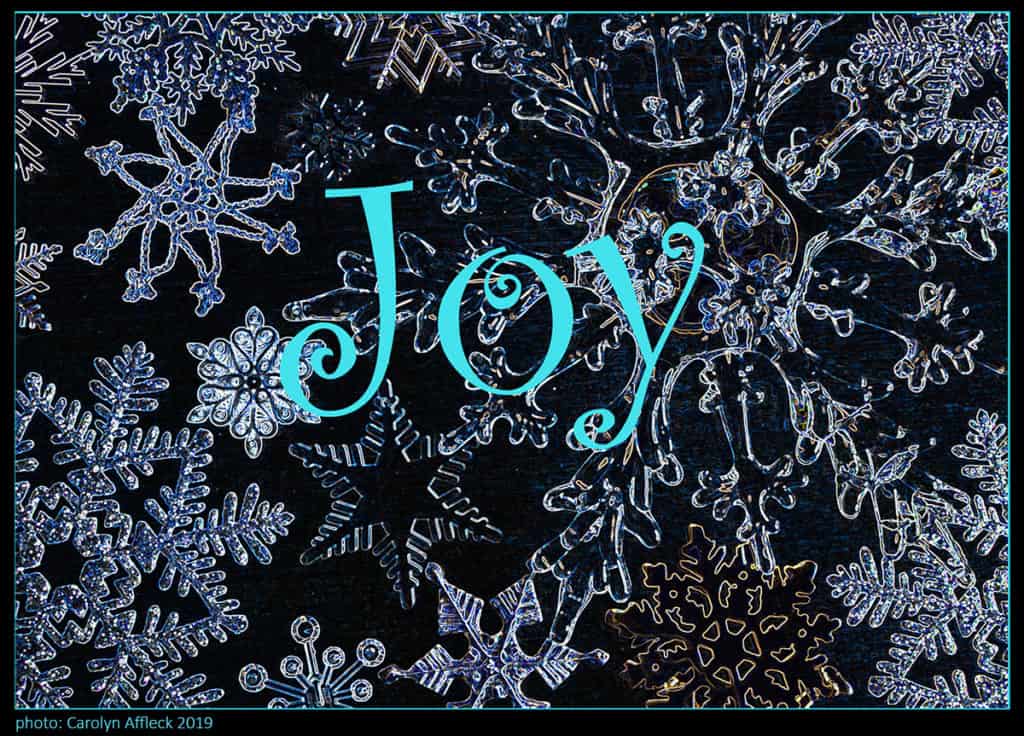
This holiday season has been one of the most peaceful, paradoxically, as I get ready to move house. I took this photo when packing up Christmas ornaments, and that’s as close as they got to seeing the light of day this year.
Normally, I love getting caught up in all the seasonal excitement, but with books to sell and choir concerts to get ready for, in addition to the usual decorating and wrapping and baking, I can feel stressed. I know I’m not alone in feeling overwhelmed. So, this year, anticipating the extra workload with all the packing and paperwork, I decided to let go of my Christmas routine — except the music. Music takes me to that peaceful yet energized place within myself, a state that I’ve always had access to, beyond the noise and hustle-bustle, the materialism, the worries stirred up by world news.
Every day holds promise, but this season of Winter Solstice and Christmas, and the new year around the corner, we’re reminded more often. We don’t have to buy hope and happiness; it’s inside all of us, part of our very DNA. My wish is that we can all experience our own transcendent state, in whatever way each of us does, more and more, until it spills out and ripples into each other’s lives. JOY to the world!
xoxo
Carolyn
Something different this Remembrance Day
Remembrance Day is upon us, and I am wearing a white poppy.
This alternative to the red poppy was designed by a group of British women in 1933 to reaffirm their commitment to peace. I see it as a focus away from the red of bloodshed towards the light of hope — a hope that comes from love.
We are all familiar with the red poppy that marks Remembrance Day (also known as Armistice Day and Veterans’s Day.) The symbol commemorates all those who have died serving in armed conflict, and its message is “Never Again”. But wars are still happening.
We are forgetting the reason to remember, the reason to spend time in silence. Instead, in some places the day is capitalized on by retailers as an excuse to offer discount sales. More gravely, if we zoom out to the bigger picture, we see a military industrial complex with deep ties to our economy. It seems there is much to lose if we stop manufacturing instruments of war, and if we stop invading countries to plunder resources. But this is fear talking.
Critics say that to refuse the red poppy is to disrespect those who have fought for our country. I disagree. I honour all those who have died as the result of wars, innocent civilians and military personnel. War is not necessary, and I refuse to normalize it. There is another way. If I choose to love you and not fear you, I will not harm you, and I will not seek power over you. This may not be easy, but it is simple, and it can start right now.
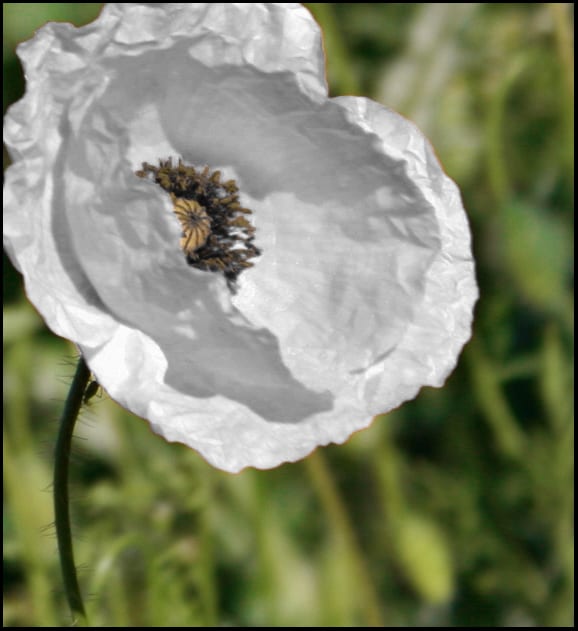
An anniversary
Today would be our 9th wedding anniversary, and the 15th anniversary of our journey as friends. Derek and I are still on that journey, but it’s a very different experience being in relationship with someone who doesn’t exist in the material world anymore. I still miss his physical presence. His was a very grounded, solid physicality. When he was with me, his attention made me feel like a star.
We walked into each other’s life in 2004, on the Camino pilgrimage in Spain, when I was working through the grief of my father’s death. I helped walk him through the grief of his wife’s death three years later. The steps we took together were literal and figurative, but it’s so meaningful for me to remember those physical ones.
On one occasion in a small European town, I remember tripping and stumbling on cobblestones, and his reaching out to catch me before I hit the ground. “Are you falling for me?” he quipped, a twinkle in his eye. Often, while trekking on the Camino, suddenly his imagine would pop into my brain, and then there he was. He always showed up at the right time, somehow magically knowing when and where to find me. I never had to wait and wonder. One year — it could have been 2008 or 2009, I walked all the way from Langdale to Lund on the Sunshine Coast, north of Vancouver. It took the better part of a week walking mostly on the highway for four to six hours a day, and Derek would meet me at the end of each stage, a huge grin on his face and admiration in his eyes. He loved nothing better than to support me (and I him). Today I drove part of the way along the same highway and the feeling came back to me instantly, this warm knowing, that after so many hours passing trees and lakes and hills, I would round a corner and he would be there just when I was flagging.
My destination today was Skookumchuck Narrows, the sea rapids where Sechelt and Jervis Inlets meet. The first time I made the hike there was with Derek. After getting out of the car, he held my hand that whole hour while I walked with my eyes closed. He had me reach out and feel different textures — dry tree bark, moist spongy moss. He had me stop and smell resinous pine needles and earthy mushrooms. We agreed that the forest smelled its own shade of green, like no other. He had me step up onto stumps and jump down. He had me listen to the different qualities of sound, surrounded by thick forest compared to a clearing beside a pond. How near to the rapids did we get before I could hear them? How giddy I became when I heard their faint roar in the distance.
When we finally made it to the rocky outlook the sound engulfed me. The intensity of the water was palpable. I opened my eyes and tears of joy began to flow. How glorious the colours — the amazing array of grey granite hues under my feet, the deep blue of sky above, and the white foam of racing water. I laughed and laughed in pleasure and awe. Today I stood there just like the first time, mesmerized by the coursing, surging tide. I thought back to that first time, and how little we had to say to one another in that moment, so full of gratitude and love. A moment later I was snapped back to the present — a black shape surfaced, and then disappeared. What had I just seen? I kept my eyes fixed on the eddies and began to get dizzy. A minute later, another shape emerged, ever so briefly breaking the waves before disappearing in the swirl. A dolphin! I watched for some minutes. It seemed to be at play but perhaps there were tasty fish below the froth. What strength it would take to keep from being swept out with the tide.
Eventually I headed back along the trail. Today Derek wasn’t there to hold my hand physically and guide me, but I felt him walking with me. I closed my eyes and felt my centre of gravity drop. I walked for half a minute along the rocky trail, lifting my feet high and noticing the shifting of my weight. It felt effortless. I had the urge to take long slow inhalations. It smelled like green. I laughed.
Joy and blessings to all…
…and love to friends and family at home and far afield, and to those who are lonely, hungry, grieving or in pain. May we give all we can and receive all we need.
May all our wishes for peace come true.
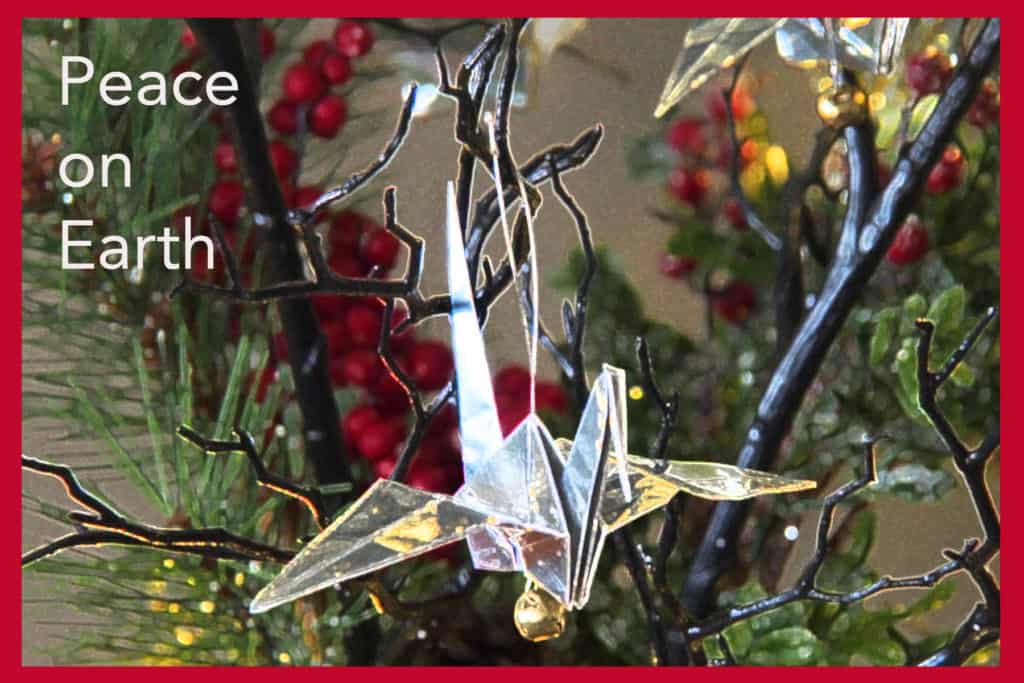
The work of peace
A bit of irony… On the day after Remembrance Day I am in a ferry lineup. Ahead in an adjacent lane, I see a gentleman get out of his car and go up to the window of the car behind. In this smallish community folks do this with friends and not infrequently with strangers, if there’s local news to share. As he nears the other car, I see that he’s sporting a white peace poppy, and my heart swells as I realize it was likely from the batch I’d recently handed out to friends to give away. What happened next gave me a jolt, though. He began yelling, accusing the man inside the other car of cutting him off in traffic. The second fellow, I was relieved to witness, didn’t resort to shouting, and attempted to explain himself rationally. But, the encounter escalated, with a flurry of one-sided insults and door-slamming, which upset the woman in the neighbouring car. Clearly the man was uninterested in hearing anyone else’s voice, and unable in that moment to do the work of peace. Alone and furious, pent up in his car, he drove onto the ferry. This event reminded me that despite how we might see ourselves or advertise ourselves, we must be continually mindful of our energy, intentions, and actions, if we want to be peaceful people. I wish this encounter could have ended with a hug, as the discussion did between Charles Eisenstein and Guy Dauncey a few weeks ago, at the talk on climate change at OUR Ecovillage on Vancouver Island. They shared different viewpoints, sometimes passionately, but always mindfully, and hugged afterwards. So inspiring. I sat in the car sending love and light to the white poppy-wearing man, wishing him peace.
Want to know when a new post is published?
Send us your email address and you will automatically be notified.
